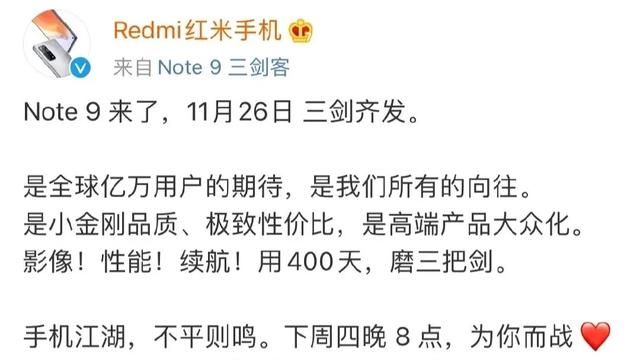HEDGE海聚留学|为什么和黑人抗争相反,美国华裔从内心到行动都“假装”自己是白人?( 二 )
排华法案大幅度地减少了中国进入美国的移民人数 。 根据1880年的美国人口调查 , 当时有105,465中国人在美国;到1900年 , 只有89,863人 , 而到了1920年 , 在美华人只剩下61,639人 。 中国移民受到很多排查 , 而且可以用任何理由拒绝他们入境 。 家庭分离 , 生意关门 。
排华法案的通过和实行表明了美国的排华情节是制度层面的 , 在过去的一个世纪对华人社区有着深远的影响 。 虽然当时华裔们最初做了一定的抵制和抗争 , 但在大环境下这些抗争很苍白无力 。 在数十年如一日的系统性的排斥之下 , 华裔本身很难对自己的族裔产生自豪感 , 这也可以从某种程度上解释亚裔华裔这么多年来要趋同 , 向主流白人文化靠拢的深层需要的起源 。
文章的英文原文:
Why do Chinese Americans Conform?
Andrew W. Wang
In these culturally divisive times, writing can serve as a prism through which we can observe and better understand complicated or painful realities. Author Charles Yu uses his novel Interior Chinatown as a medium to both satirize and bring awareness to the issue of institutional racism in America.
The story follows Willis Wu, an Asian Americanactor and his struggle with being a background character in every show he is apart of. Since he was a boy, Willis was told that Kung Fu Guy was the onlyAsian character that would garner respect from a white audience and thePlatonic ideal for someone who looks like him. In the midst of Willis’s constant hustle tobecome Kung Fu Guy, his mother offers him the sage advice to be more. These words are not only a refrain throughout Yu’s novel, but also a mantra that Asians struggle to realize as they navigate their lives in America.
Like Wu, many Asian Americans have to deal with the dissonance between how they present themselves to a white audience and how they act privately, a version of the phenomenon that sociologist Erving Goffman called “the presentation of self.” However, it is not individual Asian people who made their lives this way. In reality, this necessity to conform and assimilate emerged from a system that was created by white people, and developed as a means of survival.
Because ofthis institutional racism, Asian Americans have been denied equal time underthe spotlight in media and politics throughout the 20th and 21st centuries.This must change because a continuous lack of accurate representation has led to damaging self-perception within Asian communities.
The US hasenforced racist policies against the Asian diaspora since its entrance into this country, therefore creating an internalized sense of inferiority among Asian Americans that has lasted generations.
The start of America’s systemic anti-Asiansentiment can be traced back to the gold rush of the 1840s and the Chinese Exclusion Act of 1882. With an influx of Chinese immigrants coming to Californiain search of gold in the early 1800s, white laborers grew increasingly hostile over the years towards the Chinese and saw their presence as a threat to their financial success. As written by the US Office of the Historian:
Most Chinese laborers who came to the United States did so in order to send money back to China to support their families there. At the same time, they also had to repay loans to the Chinese merchants who paid their passage to America. These financial pressures left them little choice but to work for whatever wages they could. Non-Chineselaborers often required much higher wages to support their wives and childrenin the United States, and also generally had a stronger political standing to bargain for higher wages. Therefore many of the non-Chinese workers in the United States came to resent the Chinese laborers, who might squeeze them outof their jobs.
推荐阅读
- 思丝如针|47岁离异男:想找一个二婚对象,为什么这么不容易?
- 潇妈聊育儿|“到饭点才喊你的饭局,除非是铁哥们,否则别去”!这是为什么?
- 乳酸菌|为什么乳酸菌对我们的健康很重要?
- 朱棣|朱棣死之前是怎么安排传位的呢?为什么朱棣很被动?
- 九子|为什么龙生九子各不相同?看看这九子的母亲都是谁
- 售楼|为什么越来越多购房者避开毛坯房?听完售楼哥们的话庆幸早知道
- 李寻欢|《多情剑客无情剑》李寻欢:小李飞刀,为什么不是排第一?
- 文化|河南约7000年文化老城,县名朗朗上口,为什么大多数人总会念错?
- 朱元璋|朱元璋和马皇后生了那么多儿子,为什么朱元璋最喜欢朱标?
- 吕后|吕后为什么给一个大臣下跪,史书不会告诉你

















